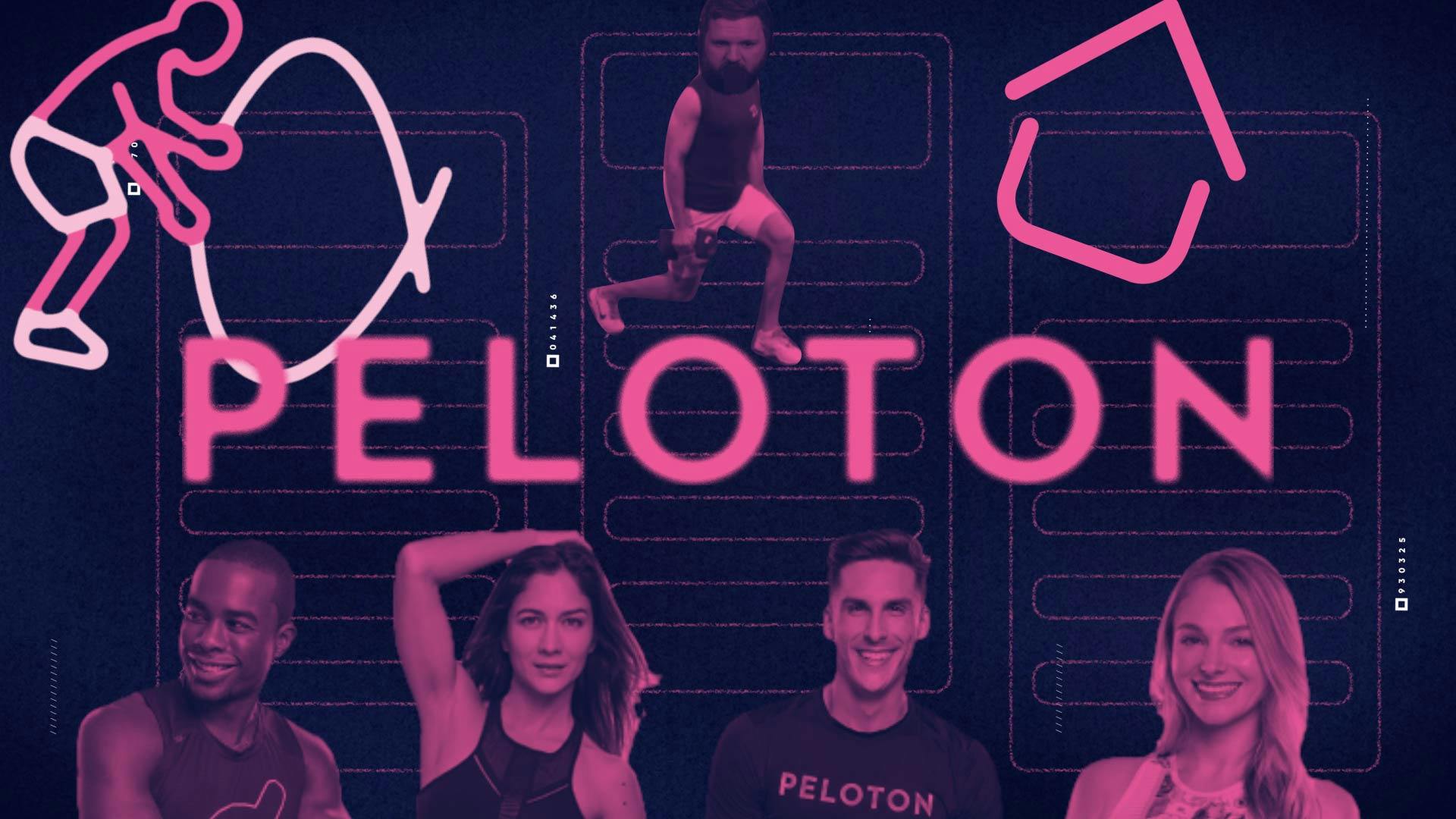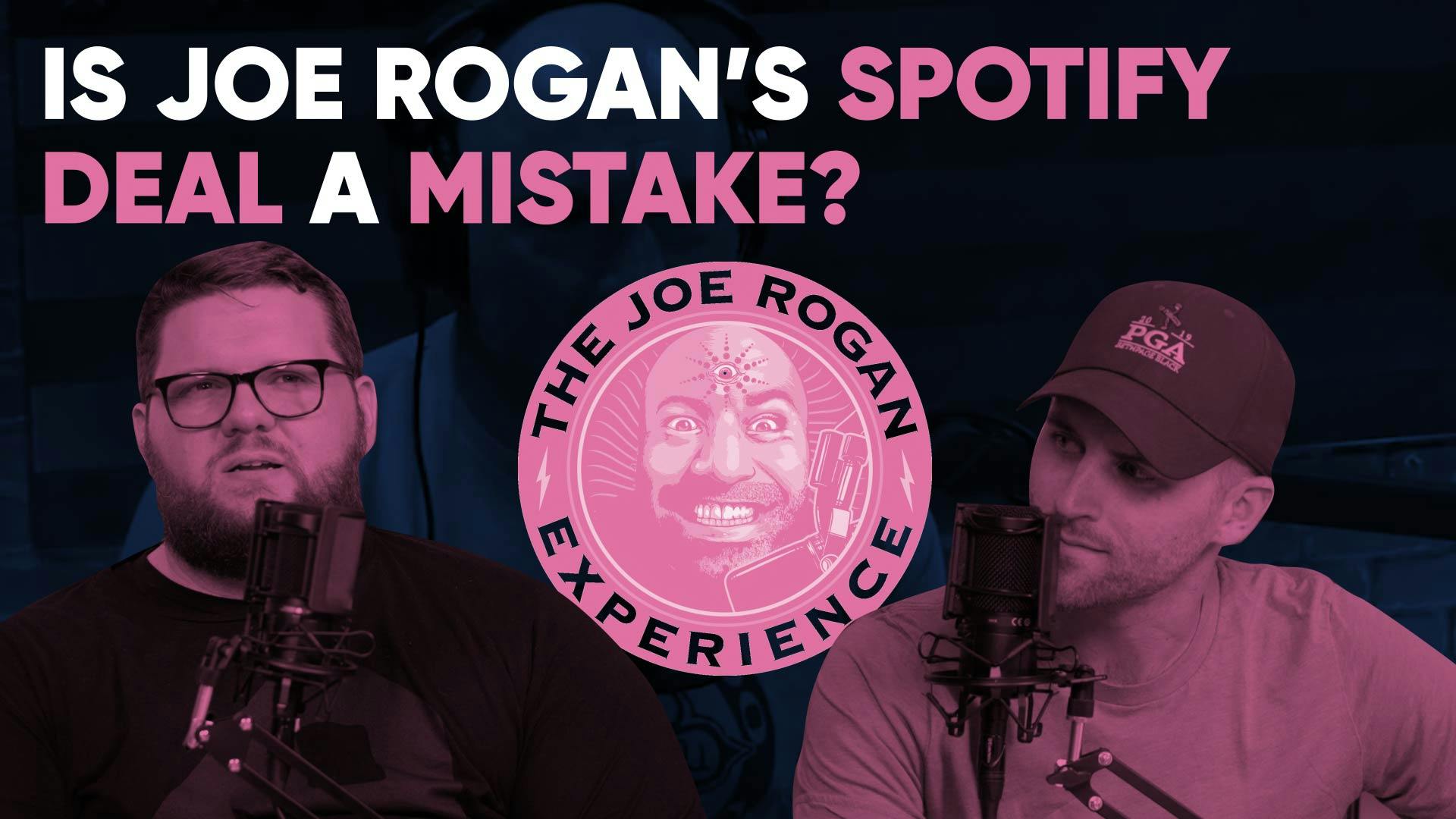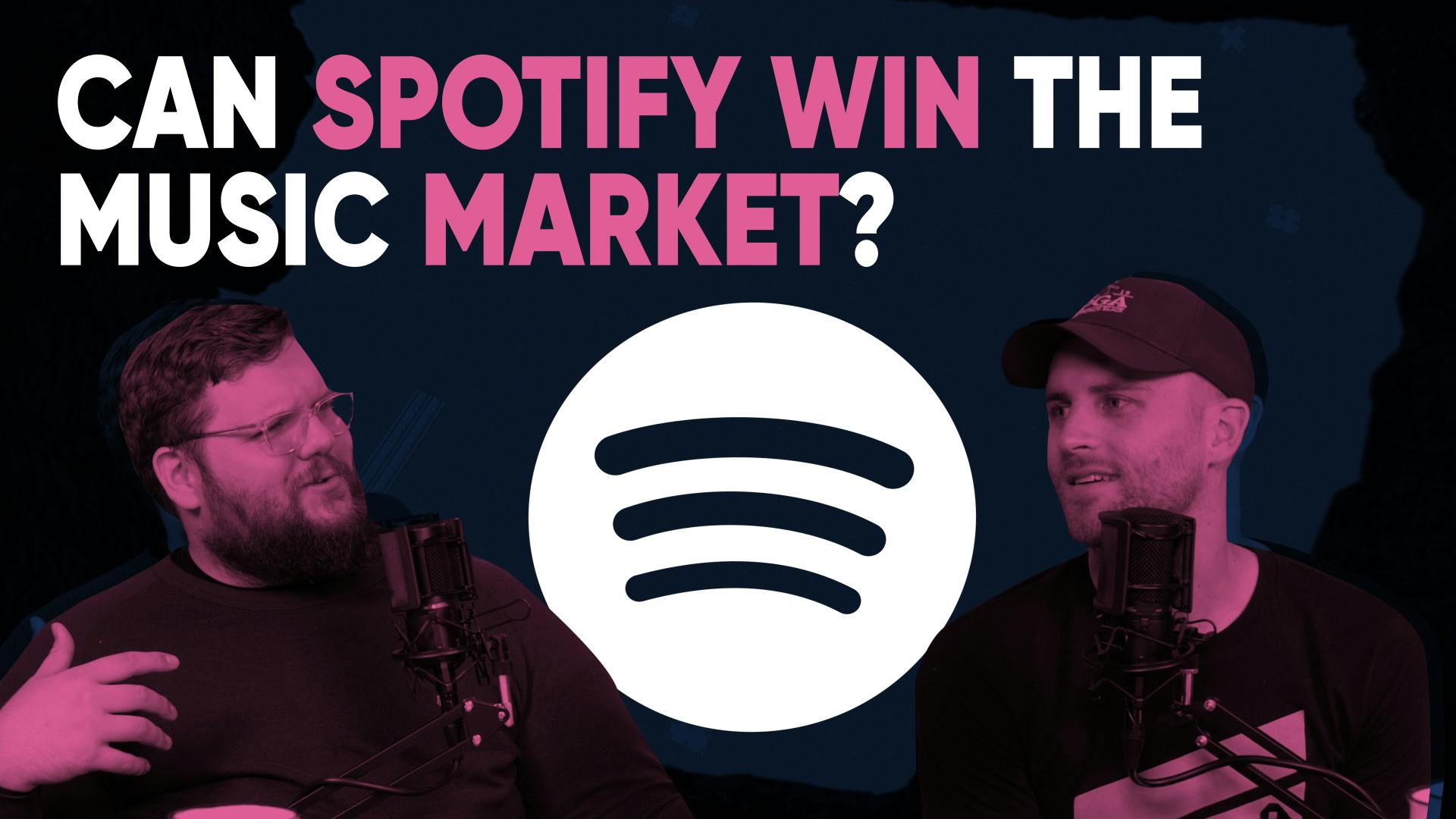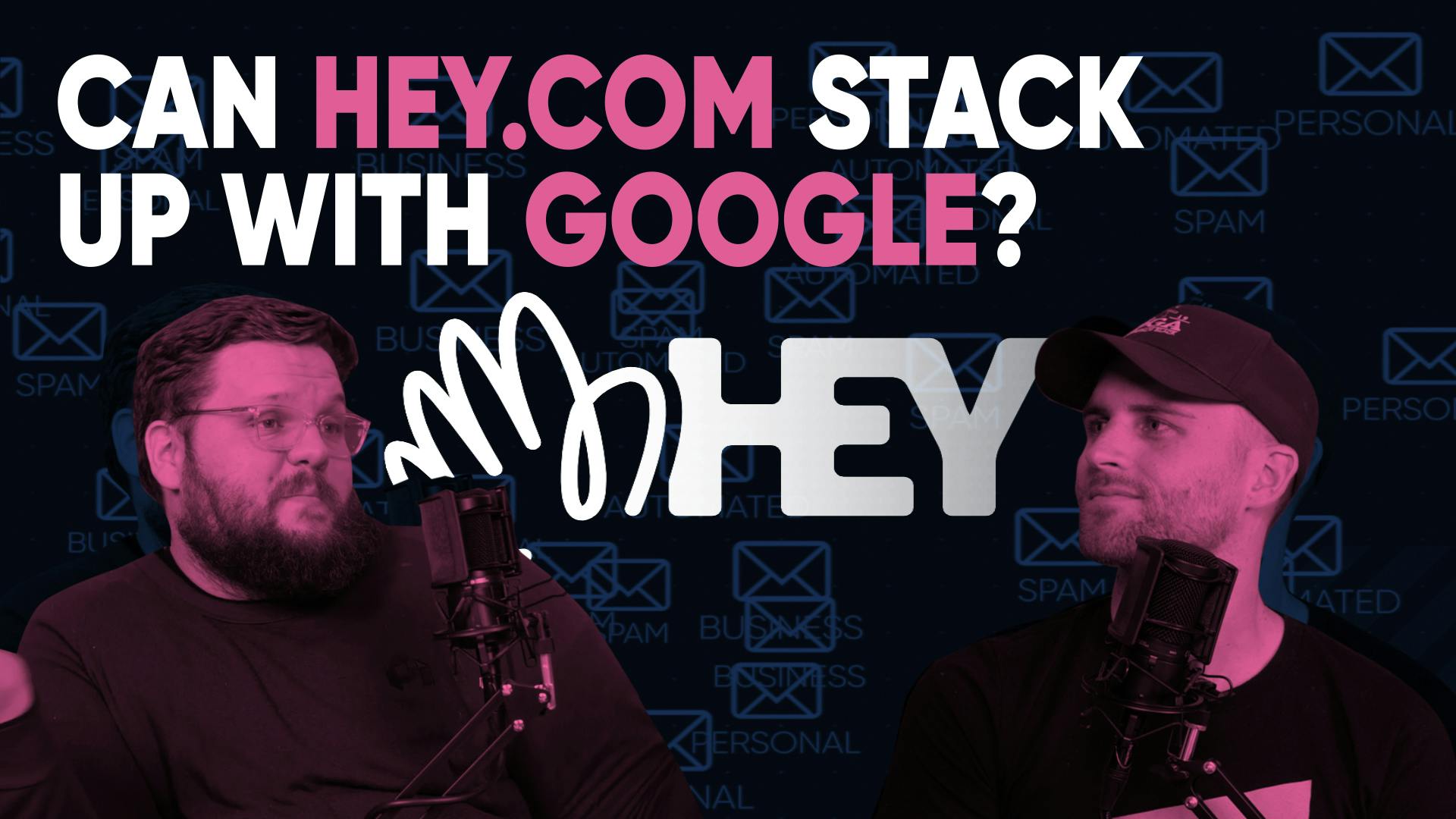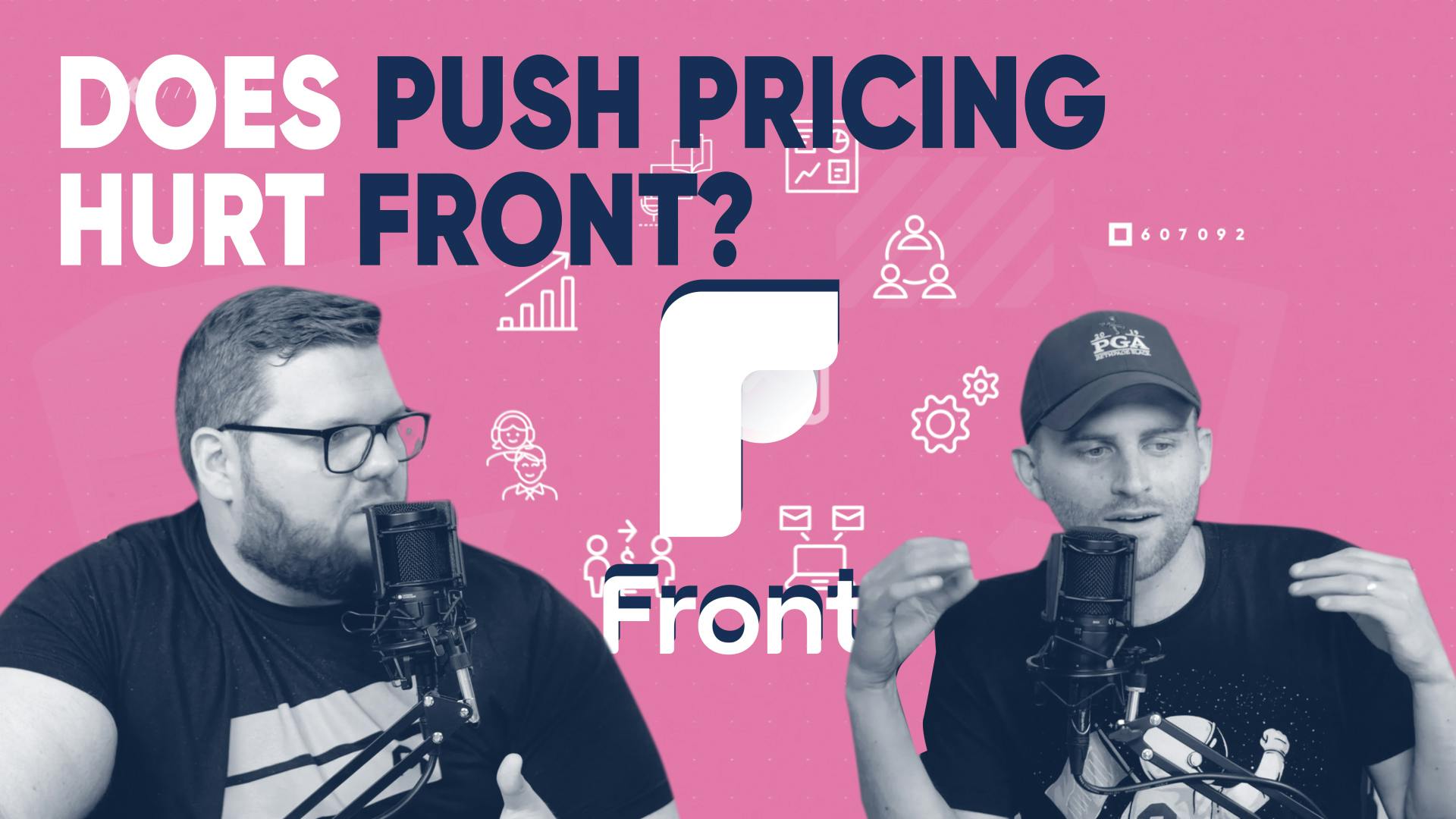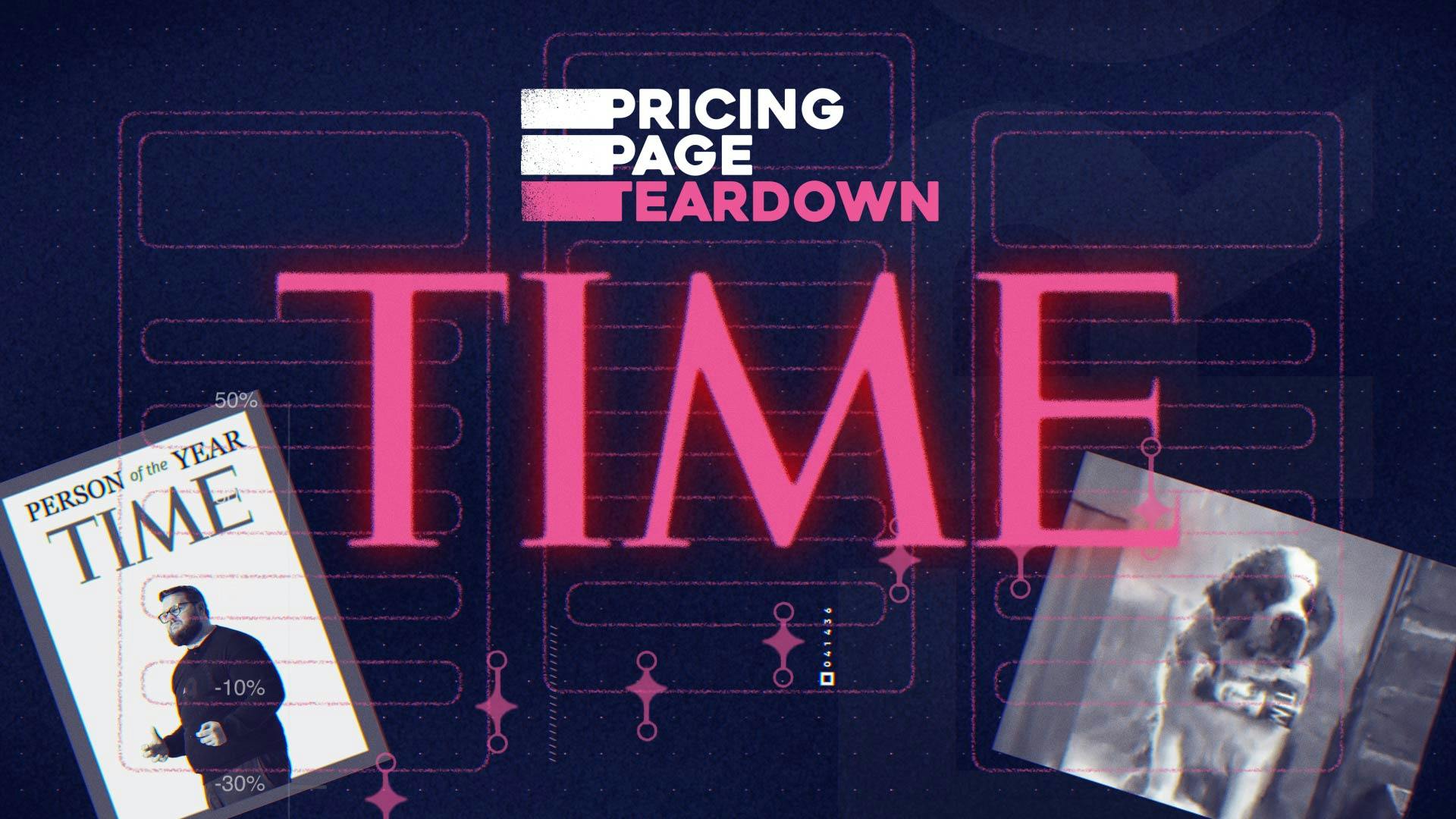
Miro's Pricing Strategy Unmasked
Overview of Miro
Miro is a board collaboration tool that is designed to enhance productivity and foster innovation among distributed teams. This online whiteboard platform allows teams to collaborate effectively anytime, anywhere. Miro has raised an impressive $476 million, indicating its strong position in the market. However, as with many thriving companies, there are aspects of Miro’s pricing strategy that require fine-tuning.
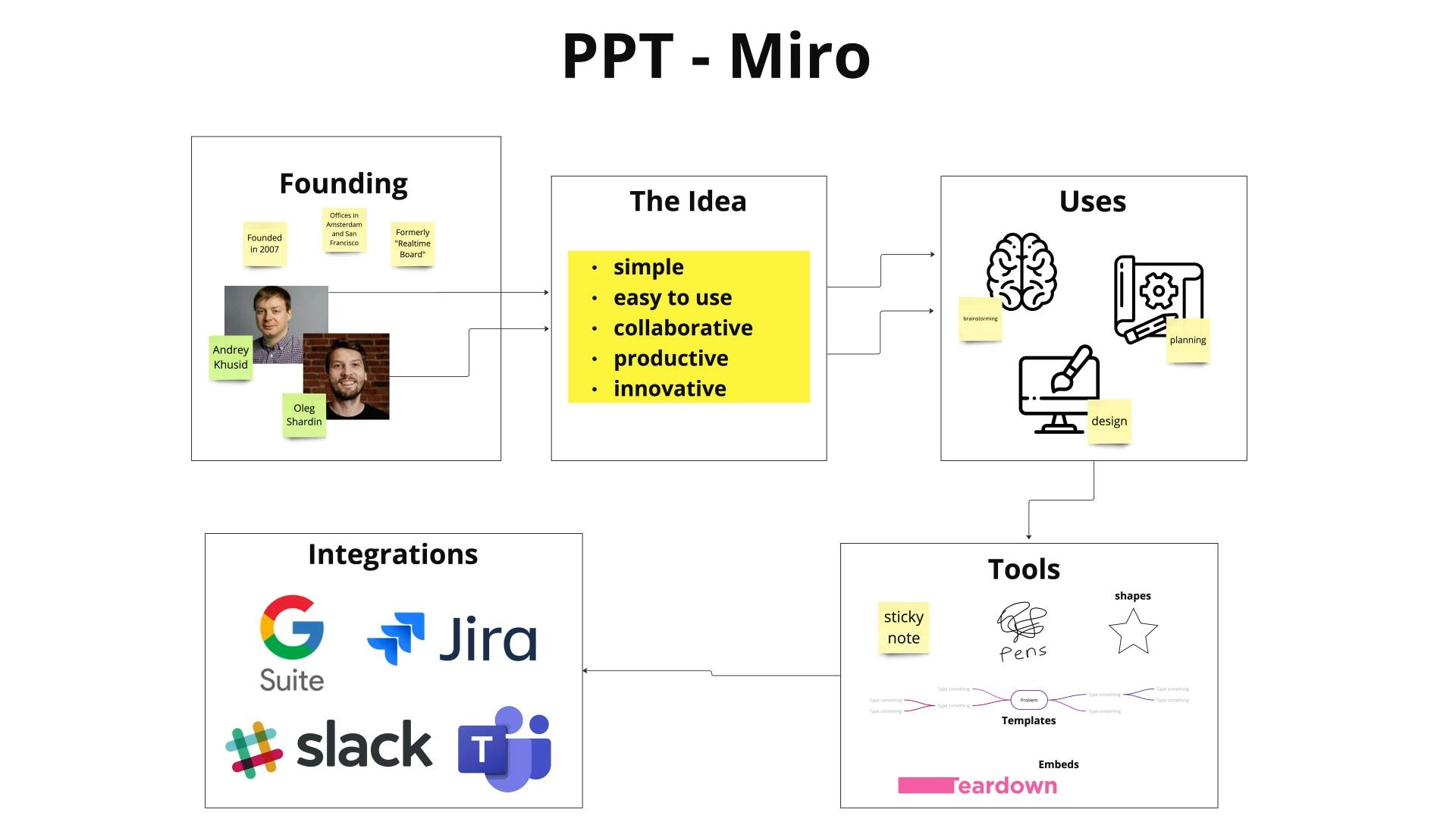
Background of Miro
Founded in 2011 by Andrey Khusid and Oleg Shardin, Miro emerged from the recognition of a need for a simple, unified visual collaboration tool. The platform is essentially a blank canvas that can be employed for a plethora of purposes such as brainstorming sessions, project planning, and design iterations. Miro’s toolkit is extensive, featuring sticky notes, freeform pens, shapes, pre-made templates, and the capacity to embed various media types. Moreover, it seamlessly integrates with a wide array of productivity tools including Google Suite, Microsoft Teams, Slack, and Jira. This makes it an effortless addition to existing workflows.
Reaction to Miro's Pricing Page
Upon examining Miro's pricing page, we find a great product slightly marred by its presentation. While Miro's landing page stands out with its unique positioning — boasting that 99% of the Fortune 100 are customers — the pricing page doesn't quite hit the mark. One key strength worth mentioning, however, is Miro's freemium plan.

Takeaways
Freemium
- Miro's primary offer is its freemium plan. Despite the limitations that come with this plan — one workspace with three editable boards — it serves a strategic purpose. It falls into the category of a "faux free trial", which provides enough access to reach the "aha moment" before introducing limitations that nudge users towards upgrading. It is a brilliant acquisition strategy, but it could be further improved by removing some feature restrictions.

Education Plan
- Miro has made a smart move by offering a substantial freemium plan to students and educators. This "start young" strategy fosters familiarity and loyalty among users who will likely continue to use the tool after graduation. It's a model that other paradigm-shifting products could potentially emulate to cultivate future customers.

Add-Ons
- The downside of Miro's pricing strategy lies in its scarcity of add-ons. Considering Miro's extensive customer base, this presents a significant missed opportunity. By introducing more add-ons — such as priority support — Miro could significantly increase its expansion revenue.

Localization
- Another area for improvement is price localization. Currently, Miro's pricing doesn't reflect the regional variations in currency or purchasing power. Correcting this could result in a revenue per customer uplift of about 30%.

Recap
Miro's product is impressive, and its freemium and education plans are examples of excellent strategy execution. However, there's room for improvement in the areas of add-ons and price localization. By addressing these, Miro could maximize its growth potential and better serve its global user base.
Need help with SaaS pricing?
Price Intelligently by Paddle is revolutionizing how SaaS and subscription companies price and package their products and services. Founded in 2012, we believe in value-based pricing rooted in first-party research to inform your monetization strategies. We combine expertise and data to solve your unique pricing challenges and catapult growth.
00:00:00:15 - 00:00:06:05
Patrick
This makes me sad. It always makes me sad when the product is so much better than what's presented on the pricing page.
00:00:06:07 - 00:00:19:15
Steve
Welcome to Pricing page tearDown where Paddles Chief Strategy Officer Patrick Campbell breaks down what companies are doing well and not so well when it comes to their pricing strategy. Patrick, take it away.
00:00:19:17 - 00:00:44:12
Patrick
This week we're talking about Miro there, a board collaboration tool that we even use to plan pricing page, tear down. They've raised a massive $476 million, but they're making a couple of crucial errors when it comes to their pricing that you're probably making, too. But before we get into those, Steve, tell us a little bit more about Miro.
00:00:44:13 - 00:01:07:11
Steve
Miro is a collaborative online whiteboard platform designed to bring teams together anytime, anywhere. It was founded in 2011 by Andrey Khusid and Oleg Shardin. The founders identified a need for simple, unified visual collaboration tool to enhance productivity and foster innovation among distributed teams. The Muro Platform serves as a blank canvas that can be used for a wide variety of purposes, including brainstorming sessions, project planning and design iteration.
00:01:07:16 - 00:01:26:19
Steve
Its robust tool kit features sticky notes, freeform pens, shapes, pre-made templates and the ability to embed various media types. It integrates with a wide range of popular productivity tools such as Google Suite, Microsoft Teams, Slack, JIRA and many others, making it easy to incorporate into existing workflows. So clearly Miro has a great product, but how does their pricing match up?
00:01:27:00 - 00:01:32:11
Steve
All that and more coming up next.
00:01:32:13 - 00:01:54:04
Patrick
So before we get into anything, Miro, if you're listening, Miro, big fan. Hopefully you're a fan of this as well. A little bit of an issue actor Your app, we have to sign into actor four or five times a day when we're trying to use Miro But back to actually talking about Miro here. I think for an app that's collaboration and very designing for the lack of a better phrase, just really great landing page.
00:01:54:04 - 00:02:17:01
Patrick
Take ideas from better to best, like social proof here. My personal favorite on this landing page, 99% of the Fortune 100 are customers. I like that because the Fortune 100, I think most of those companies have tens of thousands, if not 100,000 employees each. And so if you have one person that's technically paying for it because they're a customer using it, all of a sudden you can say you have 99%.
00:02:17:02 - 00:02:36:22
Patrick
I'm not saying that's what, you know, Miro has. They have. I think it was like 50 million users around the world. So it's inevitable that, you know, they'd have a lot of different people paying for it. But I thought that was really, really, really good positioning. But let's get into the pricing page. One thing that I thought was really, really good was their freemium plan.
00:02:37:01 - 00:02:54:18
Patrick
And you see that on their home page as well. It's kind of their main offer is to enter your work email and sign up for free. But when you go to the pricing page and actually look at what you're getting into the freemium plan, you're starting to notice that you basically get one workspace with three editable boards, which if you've used Miro, you start to realize that's not actually a lot.
00:02:54:20 - 00:03:16:04
Patrick
As part of an acquisition strategy is not part of your pricing strategy. You want to think about it like a premium e-book. And what's really cool is that freemium allows your your product the best content that you have to basically be that offer. And there's two types of freemium, and this is where people get confused. One, there's forever free, which is kind of like paddles metrics product, where you can use that for free forever.
00:03:16:04 - 00:03:36:07
Patrick
You don't even have to be on paddle. The other type of freemium is what's called a faux free trial and what a faux free trial does is exactly what Miro's doing. And what that is, is that you set the limit to essentially where your target customer would get the aha moment somewhere between 21 and 30 days out of a given month.
00:03:36:09 - 00:03:50:18
Patrick
So all of a sudden when someone's coming in, they start using one editable board. They are like, Oh, I want to use this for the second one, and they'll send three boards. Miro might have discovered that three boards is a magic number. They might have gotten lucky with it, may have guessed it, but all of a sudden I'm using those three boards and now I'm presented with I want a fourth.
00:03:50:18 - 00:04:04:20
Patrick
So all of a sudden I purchase. And what's beautiful about this, not to like, wax poetic on all things freemium is that let's just say I'm not ready to purchase. Well, I still have my three boards. I can still use them. Maybe I erase them and go use another one, but eventually that becomes annoying enough that I'll convert.
00:04:05:02 - 00:04:21:21
Patrick
So I think this is actually really, really brilliant. The one thing that I would do a little bit differently, I would not limit as many features here. Like, for example, they're limiting things like the voting and the timer in the projects and, you know, the video chat. I would actually do a little bit more of a full featured freemium because of that limit.
00:04:21:22 - 00:04:41:23
Patrick
Next up, Miro is using this education plan brilliantly. Now you might be thinking, Oh, I have a product, I have an education plan, I'll give a veterans discount, I'll do X, Y or Z. But let's just think about what Miro does is for collaboration, right? And it's kind of a new way to collaborate. We didn't have these like whiteboard collaboration type things.
00:04:41:23 - 00:04:57:20
Patrick
They're basically giving like a true freemium plan, a way to students. They get two years, you know, basically on that student plan or educators get that free forever. And what this is doing is this is creating people who are like, well, of course, I'm going to, you know, use Miro because that's what I got trained on. And it was so easy.
00:04:57:20 - 00:05:14:16
Patrick
And with a paradigm shifting product, all of a sudden you have all of these zealots who are like, I wouldn't do anything but use this Gmail. And a lot of the Google products did this very, very well when I was in school, which I don't want to do. This is just a really brilliant thing, is I'm going to call it the start of young strategy, which I think a lot of people could learn from.
00:05:14:16 - 00:05:34:11
Patrick
I know Qualtrics did this in a really, really good way as well, but for a collaboration and product that is definitely shifting things. It's one of those things that's really powerful and folks like Click Up Notion, etc. could learn from what Miro did here. All right. One area where Miro could do better here when we go back to the pricing page is I don't have enough add ons.
00:05:34:13 - 00:05:52:23
Patrick
When you have a product that is going to be used by such a highly fragmented customer base, I think of like Square, think of Trello and you have some separation with like starter business and enterprise and you have good expansion revenue where you know, people are all of a sudden, you know, able to expand based on number of users.
00:05:53:05 - 00:06:13:10
Patrick
And right now when I look at the add ons and I can't necessarily see everything here, there's enterprise key management, which is an additional cost and that seems probably a little bit cost driven, meaning it's not like they were like, this is really valuable, let's charge someone for it. We're going to have to have you know, some sort of cost and then premium support, which also probably came from that particular direction.
00:06:13:12 - 00:06:37:17
Patrick
What I would do is I would start to think about what are these different features or functionalities that either certain groups based on behavior or certain groups based on like the vertical or segment that they're in want that we can either pull out from these particular plans right now or that we can like spin up in order to actually get additional expansion revenue from these 50 million different users that are using the products.
00:06:37:19 - 00:07:03:20
Patrick
Here's a really good example that every single person that's listening to this, whether you're a consumer product or a B2B product, can actually do it's priority support. So right now, Muro is charging for premium support. It's probably cost driven because they have to put someone who's like dedicated to that enterprise account. But there's about 20% of everyone's customer base that would pay for their phone call to be answered first or their email to be answered first doesn't have to be different support, better or worse support.
00:07:03:20 - 00:07:25:12
Patrick
Just literally their call or their email gets routed to the front of the particular line. Average number of add ons for people doing add ons strategies really, really well. It's over ten customers never see more than like probably two or three in their entire life cycle beyond that fragmented base. So add ons is something I think they could really improve here and, you know, increase that growth rate even further than I think they happen.
00:07:25:13 - 00:07:51:16
Patrick
Final piece, that's a little bit something that they could do better with is price localization. We looked at their pricing through a couple of VPNs. Problem is, is that all of a sudden when I go to their pricing page from different places, you're basically seeing the same currency symbols, You're basically seeing the exact same price points and you at least want to make sure that when I come from a particular region, I'm seeing the euro or the dollar, whatever I normally am purchasing in.
00:07:51:18 - 00:08:22:09
Patrick
You also want to make sure that you're at changing up those price points to give you some data, all things being equal across a million and a half customers. What we notice is the willingness to pay in the Nordics is about 40% more than that of in the U.S. Southeast Asia, about 40% less than the U.S. Just one of those things that kind of keep in mind, this is where, you know, there could be an additional revenue per customer uplift, about 30% if, you know, they were to focus a little bit more on doing that actual localization.
00:08:22:11 - 00:08:49:01
Patrick
All right. Let's recap first, really, really good freemium being done by Miro. It's a perfect example of a FOA free trial. We would up what they're including in that FOA free trial a little bit more is you can get like a full featured experience in that freemium plan. I think you'll have more people not only use the freemium plan, but you also have people more people convert from that plan and just kind of in the growth machine that they're building, you know, every, every little like 10th of a point is definitely going to help hear the education plan.
00:08:49:01 - 00:09:07:20
Patrick
Something that we all should be stealing, especially for products that are paradigm shifting. You want to start them when they're young, basically mean things like collaboration changes are really, really powerful. Companies like Figma Click up notion could all learn from this one area of improvement add ons, not enough add ons. Here you have such a huge customer and user base.
00:09:07:22 - 00:09:24:21
Patrick
Just a couple of add on start to change as unit economics in really dramatic directions. And then finally, no localization. This is something that we all should be focused on beauty, the internet, especially for collaboration product is people can buy from all over the world. You want to make sure that they're buying in the currency of of where they are.
00:09:24:21 - 00:09:39:18
Patrick
I can understand a little bit of reticence to do this because if you have a team that's global, all of a sudden they're seeing very different price points. But there's ways to kind of get around that and make sure that you're ending up not shooting yourself in the foot in that particular case. But it is something that we all should be thinking about.
00:09:39:18 - 00:09:52:14
Patrick
That's it for this episode of Pricing Page. Tear down. If you are Miro a competitor or anyone else wanting some help with your own pricing strategy, just hit me up at PC Apple.com for everyone else. Make sure you sign up and subscribe. We'll see you next week.

